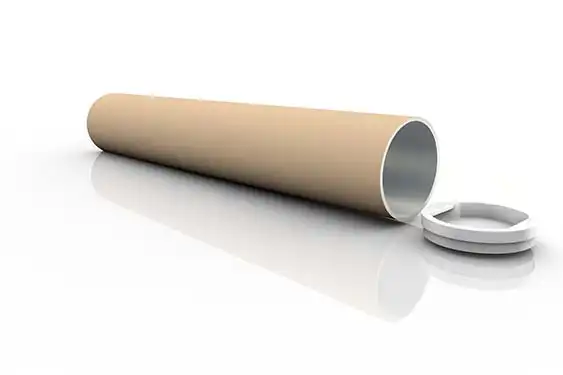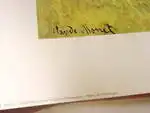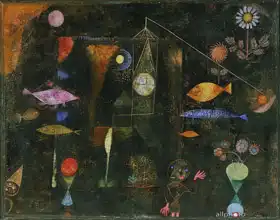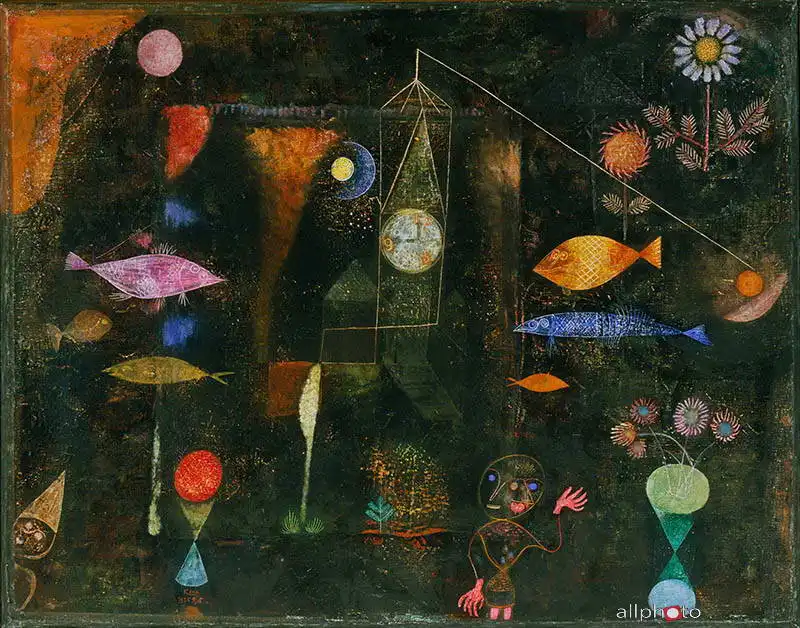About this finishing
Print. The image is printed on the top quality 10-ink HP Z9PS printer on HP matte 270 g / m2 paper. You can choose any size to an accuracy of 1 cm. A margin of 5 cm around the image is added to the size of the motif.


You can find a detailed description about our finishings
here.
Magic fish
Date:
1925Medium:
canvasLocation:
Philadelphia Museum of ArtDimensions:
98,4 x 77,2In Magic Fish,
Paul Klee creates a magical realm where aquatic, heavenly and earthly creatures intertwine - fish, plants, human figures and even a clock tower, all of which
Klee managed to incorporate into his painting created during his time at the Bauhaus. The impressive black background is actually a top layer that covers the various colors that the painter has uncovered by scraping away the black. Klee used a similar, but more sophisticated, method that children learn in art education - they cover a layer of wax paper with ink, after the ink has dried, they scrape it off in some places, thus revealing the colors hidden by the blackness.
Klee painted picture Magic fish in 1925. Prevailing color of this fine art print is vivid and its shape is landscape. Original size is 98,4 x 77,2. This art piece is located in Philadelphia Museum of Art. This image is printed on demand - you can choose material, size and finishing.
Paul Klee (1879-1940). From childhood, he was interested in both music and painting, but as is evident, finally decided on painting - his paintings are among prized artworks. In Munich, he met
Kandinsky, Franz Marc, and other artists of the then avant-garde. He met also his future wife, pianist Lily Stumpf. His work is associated with a
expressionism, cubism, and
surrealism. He was one of the four Die Blaue Vier (with Kandinsky, Feininger and Jawlensky). He taught at Bauhaus and the Düsseldorf Academy until 1933, when the Nazis declared his paintings a figment of a sick soul and with labelled his whole creation as degenerate art. Klee was extremely hardworking and after his death, he left behind 8926 works in Switzerland. Klee’s paintings are fragile, with a sensitive use of color (his colour mixing ranks among the world’s best) and frequent references to poetry, music and dreams.


